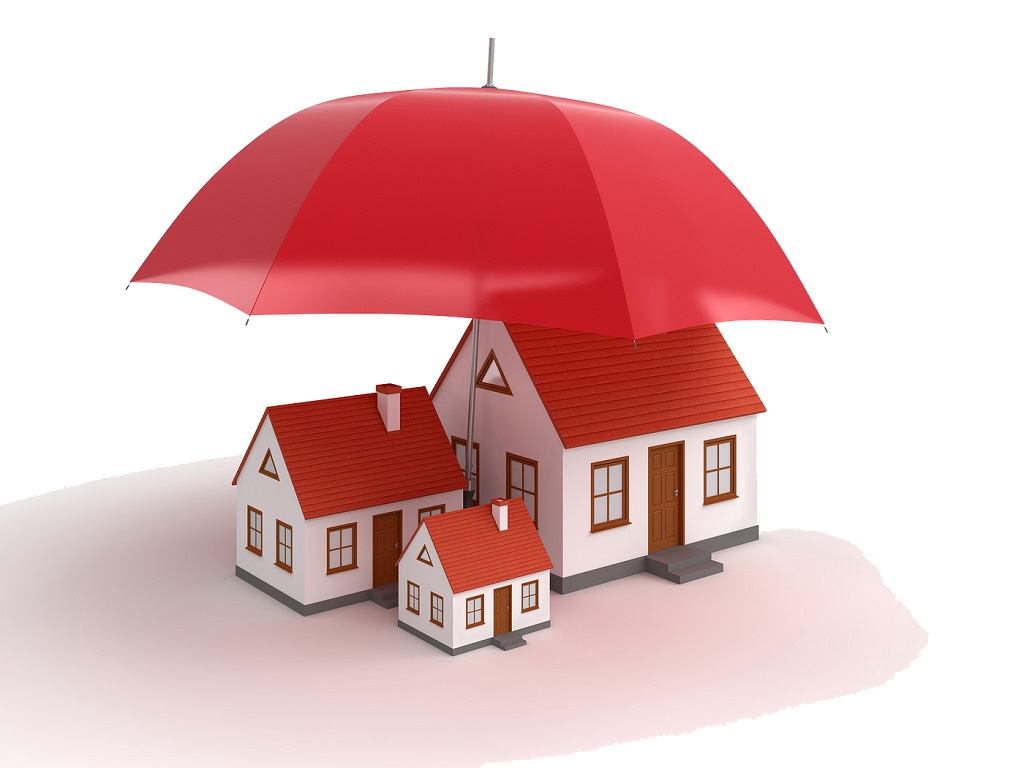Key Takeaways:
- Homeowners insurance is a multifaceted tool for protecting your home and assets.
- Different policy types cater to diverse needs and provide varied levels of coverage.
- Knowledge of coverage limits, additional coverages, and liability insurance can empower homeowners to make informed decisions.
- Understanding policy terms helps with effective claims filing and maximizes potential benefits.
- Homeowners have opportunities to reduce insurance premiums without compromising essential coverage.
When considering homeowners insurance, it’s not just about fulfilling a mortgage requirement — it’s about the peace of mind that comes from knowing your home, often your most significant asset, is protected against unforeseen occurrences. The need for comprehensive home insurance is universal, offering both property coverage and liability protection.
What is Homeowners Insurance?
Home insurance FT Myers FL, is a pact between a property owner and an insurance company whereby the insurance company offers financial security in case of property damage, loss of belongings, or liability claims. This mutual agreement ensures homeowners aren’t left to shoulder the financial burden amid calamity alone. Policies include various protections, such as dwelling coverage for the home structure, personal property insurance for belongings, and liability coverage to safeguard against legal implications of accidents within the property.
Different Types of Homeowners Insurance Policies
Navigating through the spectrum of homeowners insurance policies can seem daunting. From the most basic HO-1 policy, which covers standard perils like fire and theft, to the specialized HO-8 plan designed for older homes with replacement costs that may exceed the market value, understanding the nuances of each is paramount. The right choice will align with your property’s characteristics and risk management preferences, providing a tailored fit for your coverage needs.
Understanding Your Coverage Limits
The concept of coverage limits is central to home insurance. These limits dictate the maximum payout you can receive for a claim, essentially setting the boundaries of your protection. To ascertain these caps, homeowners should perform a home inventory and calculate their home’s replacement cost — not the market value —. This assessment ensures a level of insurance protection that reflects the actual cost of rebuilding your home from the ground up, accounting for inflation and changes in construction costs over time.
Additional Living Expenses (ALE) Coverage
Displacement from one’s home due to extreme weather events or catastrophic damage is stressful enough without the added financial anxiety. That’s where Additional Living Expenses coverage comes into play. This unique aspect of a homeowner’s policy covers the costs of temporary housing, meals, storage, and more, mitigating the impact of being uprooted from one’s everyday life. It bridges the gap between disaster and recovery, ensuring the continuity of a family’s lifestyle during home repairs.
Liability Insurance: An Essential Component
One often overlooked facet of homeowners insurance is liability coverage. This protects against the financial ruin that could follow an accident on your property, leading to injury or damage to someone else’s assets. The general liability portion of a homeowner’s insurance policy covers legal fees, medical expenses, and other related costs should someone hold you accountable for an incident occurring on your premises. It’s a critical safety net that preserves your peace of mind in our potentially litigious society today.
Riders and Add-ons to Enhance Your Policy
Standard homeowners insurance policies have limitations and may not cover every risk associated with owning a home. This gap can be bridged by tailored riders or add-ons, extending coverage to include scenarios like floods, earthquakes, or expensive personal property. While these enhancements can marginally increase premiums, the extra cost may be worth the added security, giving homeowners specific protection against risks significant to their geographical location or personal circumstances.
Navigating Claims and Payouts
Filing an insurance claim is a procedure homeowners hope to avoid, but clarity and knowledge of the process become invaluable when necessary. Timing, documentation, and understanding your policy’s terms are critical when filing a claim. This preparation can enable homeowners to navigate a complex process with relative ease, ensuring they receive the funds needed to repair or replace after a loss. Holding a record of possessions and communicating effectively with your insurer is essential for a successful claim resolution.
Reducing Premiums without Compromising Coverage
While protection is paramount, the affordability of premiums is also a concern for many homeowners. The good news is that there are methods to reduce premiums without stripping away essential coverages. These strategies include improving home security, updating outdated utilities, and maintaining a good credit score. In addition, shopping around and discussing possible discounts with insurers can lower insurance costs while keeping your home adequately insured.




